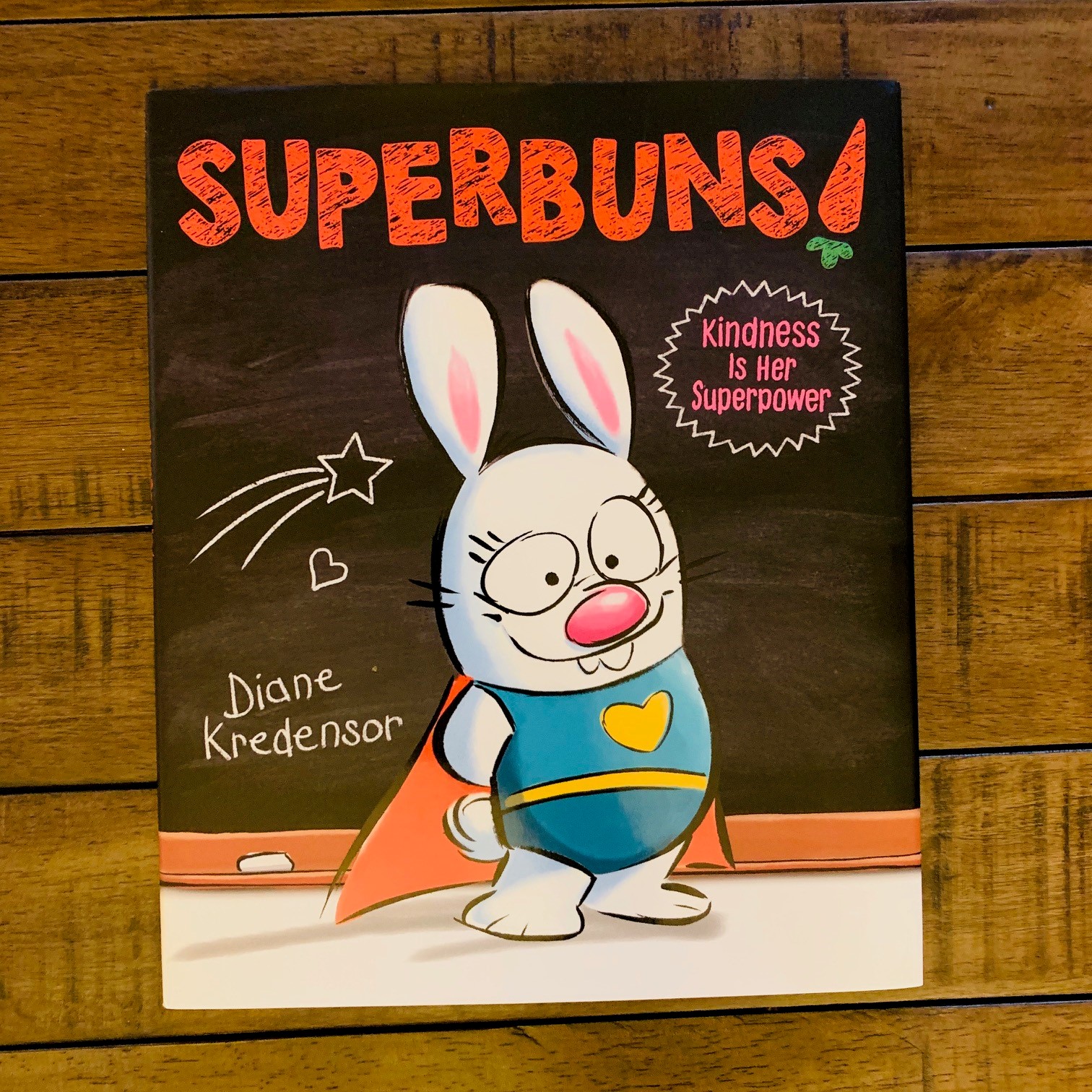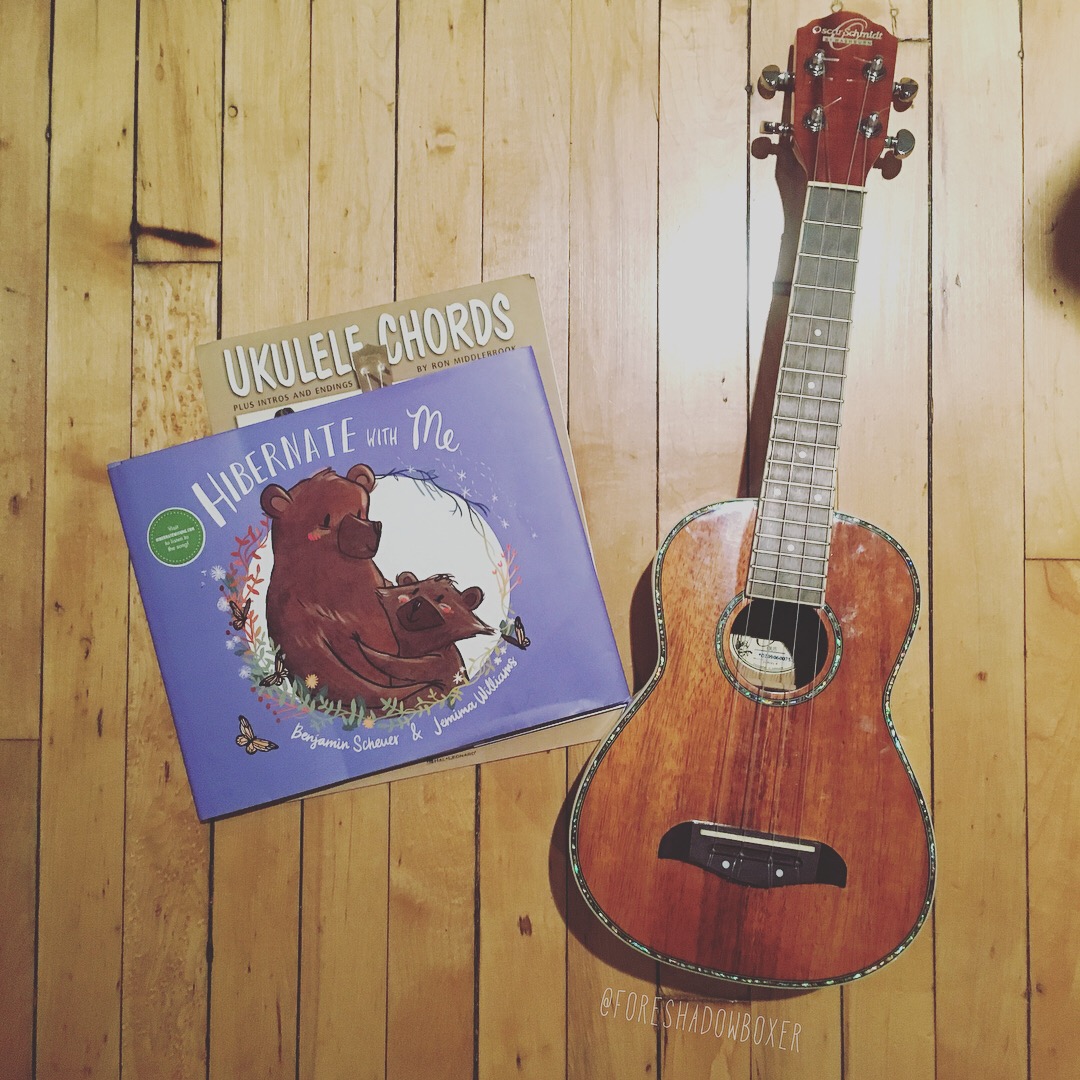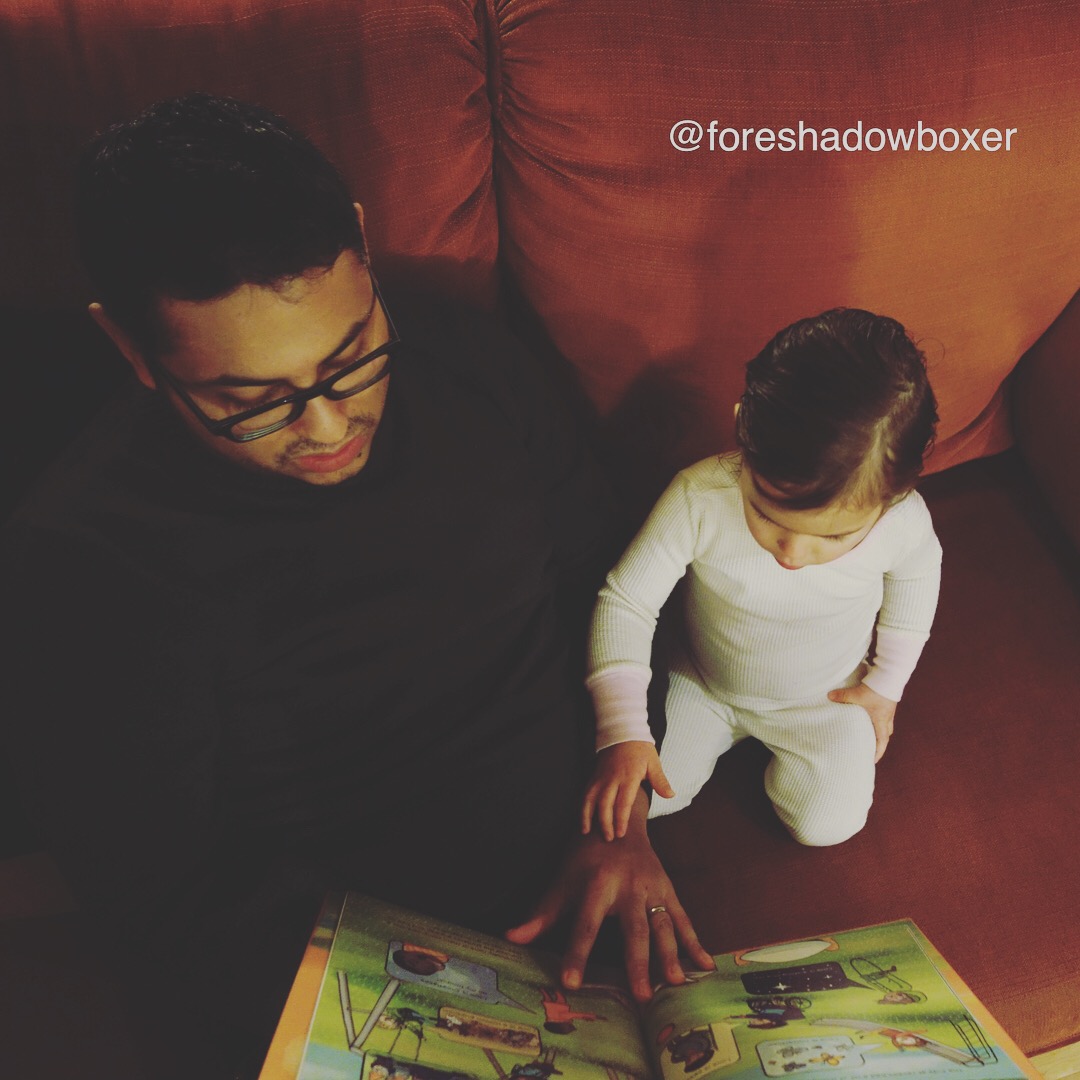If I learned one parenting trick from Fred Rogers (spoiler alert: I’ve actually learned dozens), it’s that anytime I subject my kid to a new experience, it’s crucial to set expectations before we arrive. Helping your child understand what’s going to happen—and giving it a positive spin—can be crucial to avoiding meltdown, tantrums, crying fits or even just basic jitters (our children, much like us, all express their anxieties in different ways).
To this very day, I recall many lessons I learned from Mr. Rogers as a child, so when my own little one came along, I was eager to share those same lessons with her through the miracle of online streaming (HOT TIP: you can watch old episodes for free on the PBS Kids app or on Amazon Prime). Add to that Daniel Tiger is a Mr. Rogers spinoff that has translated many of Mr. Rogers’ lessons (and even his songs) to cartoon form, and the parenting/childing lessons are nearly endless.
All a long way of saying: we’re big believers in setting expectations for our three-year-old. And with the first day of preschool just a couple weeks away, we wanted to make sure she knew what to expect. So we took a four-pronged approach. We:
Watched episodes of Mr. Rogers and Daniel Tiger that deal with “going to school.”
Helped her get excited by letting her pick out a new backpack and occasionally talking about all of the fun things they’ll do.
Signed her up for a few different 30-60-minute classes where she’s “all by myself” while one of us waits outside of a door (usually behind glass). Our local library is amazing and offers one such class for free, and our budget was eternally grateful for that. We also did gymnastics and swim, which required some cutbacks to pay the bills, but the end result is a child who seems to have overcome the bulk of her separation anxiety.
Read some “first day of school”-themed books.
What we noticed with the “first day of school”-themed books is that there is an overwhelming presence of fear in many of these books, and we were a bit conflicted about that. Our daughter isn’t afraid of school—rather, she’s quite excited—so introducing the idea that there are things to worry about seemed, well… to create fears that otherwise wouldn’t have existed.
For example: our daughter wasn’t afraid of storms, or the dark, until she watched age-appropriate television shows about overcoming those fears. Instead of teaching her to not be afraid, they exposed her to the very notion that thunder is terrifying and monsters might be hiding in the darkness. Not at all what those shows intended, I know, but that was the net effect for a child who previously didn’t fear those things.
But all kids are different, and littles heading into full-day programs might be a little more concerned than those embarking on part-time adventures. So when it comes to books or television programs you’re selecting for your child, it’s imperative you have a grasp of how much anxiety your child is feeling (if any) and preview the material yourself before you share it with your child (something I obviously failed to do in the aforementioned scenarios—let my mistake be your cautionary tale). That way you can curate reading material to suit your need. If your child is expressing anxiety and fear, read stories that name those fears and can help your child overcome them. If your child is excited about school but is prone to anxiety and might feel nervous the moment they see you walk out of the door, avoid books that discuss fears in depth and instead look for ones that explain what a school-day entails. To help simplify things, I’ve labeled the below summaries based on how the books approach fear.
There are dozens if not hundreds of books out there on this very subject, and I’ve barely scratched the surface here. If you’ve read anything on the subject that you find to be out of this world, please leave a comment on this page with the book title, author and the approach the book takes. That way, parents who come here looking for back-to-school reading material have a more comprehensive pool to draw from.
I Will Be Fierce!
Written by: Bea Birdsong
Illustrated by: Nidhi Chanani
Approach: Fears are alluded to, but in such a positive, indirect way it’s unlikely to trigger anxiety.
Perfect For: Kids 3-8, whether they’re going to school (or riding the bus) for the first time, changing schools or just need a little motivation to help them conquer the day.
Summary: This tale is all about being the hero of your own story, no matter what the world throws your way. It’s so positive and life-affirming, its title phrase could even serve as a mantra for adults heading to work. Essentially, a little girl wakes up ready to tackle the day, and she does just that in near-epic fashion. The story mentions monsters, dragons and giants though the corresponding illustrations depict images from an ordinary school day. She repeats “I will be fierce” every few pages, with all other sentences being active “I will _____” statements. For example: she says “I will dare to walk with the giants” while waiting with bigger kids at a bus stop; “I will conquer my fears” and “I will make my voice heard” when working up the courage to raise her hand to speak in class; and “I will build new bridges” when approaching a kid sitting alone in the cafeteria.
My First Day of School (A Pre-Level One Ready-to-Read Book)
Written by: Alyssa Satin Capucilli
Photographs by: Jill Wachter
Approach: No fear. This book is great for setting expectations about a school day and never mentions potential worries or anxiety triggers.
Perfect For: Kids going to pre-school or kindergarten for the first time who don’t know what to expect.
Summary: With just 1-2 rhyming sentences per page, this non-fiction book has a sing-song quality that helps kids grasp sentence structure, learn to read and hold onto the key message. It takes a very straight-forward look at the school day and even includes an appendix at the end that explains each part of a typical day (for pre-school or kindergarten) in short, easy-to-digest paragraphs. Topics covered include: arriving to class, free play, circle time, weather station, outdoor play, snack time, hand washing, imaginary play, block building, story time, music time, class pets and making new friends.
Butterflies on the First Day of School
Written by: Annie Silvestro
Illustrated by: Dream Chen
Approach: This book is about first-day jitters without any specific fears called out. It is a narrative that shows the different parts of the school day without necessarily naming them.
Perfect For: Kids going to pre-school, kindergarten or possibly even first grade (especially if they will be riding a school bus).
Summary: This is a charming narrative about a little girl who is excited to go to school, but starts to experience “butterflies” in her belly the night before her first day. Butterflies quite literally fly out of her mouth with every interaction, but as the day progresses there are fewer and fewer butterflies–and she ultimately reaches out to another little girl with butterflies to help her feel more at ease.
School of Fish: Friendship on the High Seas (A Level One Ready-to-Read Book)
Written by: Jane Yolen
Illustrated by: Mike Moran
Approach: This book explores potential fears as abstract scenarios with quick resolutions.
Perfect For: Kids going to pre-school, kindergarten or possibly even first grade who are likely to experience first-day anxiety but respond better to stories a little further removed from reality.
Summary: This story follows a little fish on his first day of “school.” It shows him meeting up with friends, riding a “shark bus” and playing hide-and-go seek in a clam shell—and being worried that their friend might never find them—and losing their lunch box. The resolutions revolve around friendship and sharing. The story is told in rhyme, with 2-4 simple sentences per page.
Superbuns
Written & illustrated by: Diane Kredensor
Approach: This isn’t a “first day of school” book, per se (I’ll explain why I’m still including it here a little later). Consequently, no related fears are mentioned.
Perfect For: Kids 4-8.
Summary: This story has no direct correlation to school, but I’m still including it in this list because of the import it places on kindness. Those first few days/weeks of school can be so crucial when it comes to making (potentially lifelong) friendships, but this can also be the time when some kids are first exposed to bullying. In Superbuns, kindness is one little bunny’s superpower. She spends her days being kind to everyone who crosses her path, even her kid sister Blossom who does not value kindness. But then a lost creature crosses their path, and Blossom—who is initially terrified—learns a valuable lesson about being kind.
NOTE: Many of the aforementioned episodes of Daniel Tiger are available in book form via Simon Spotlight. One such book, Daniel Goes to School, covers the first day of school (in that one, Daniel gets worried when he realizes his father won’t be sticking around for the school day). He learns that “grownups come back” and has fun playing with friends and partaking in everyday preschool activities. We’ve seen the corresponding episode of the show but haven’t read that particular book; I’ll update this post once we have it.











